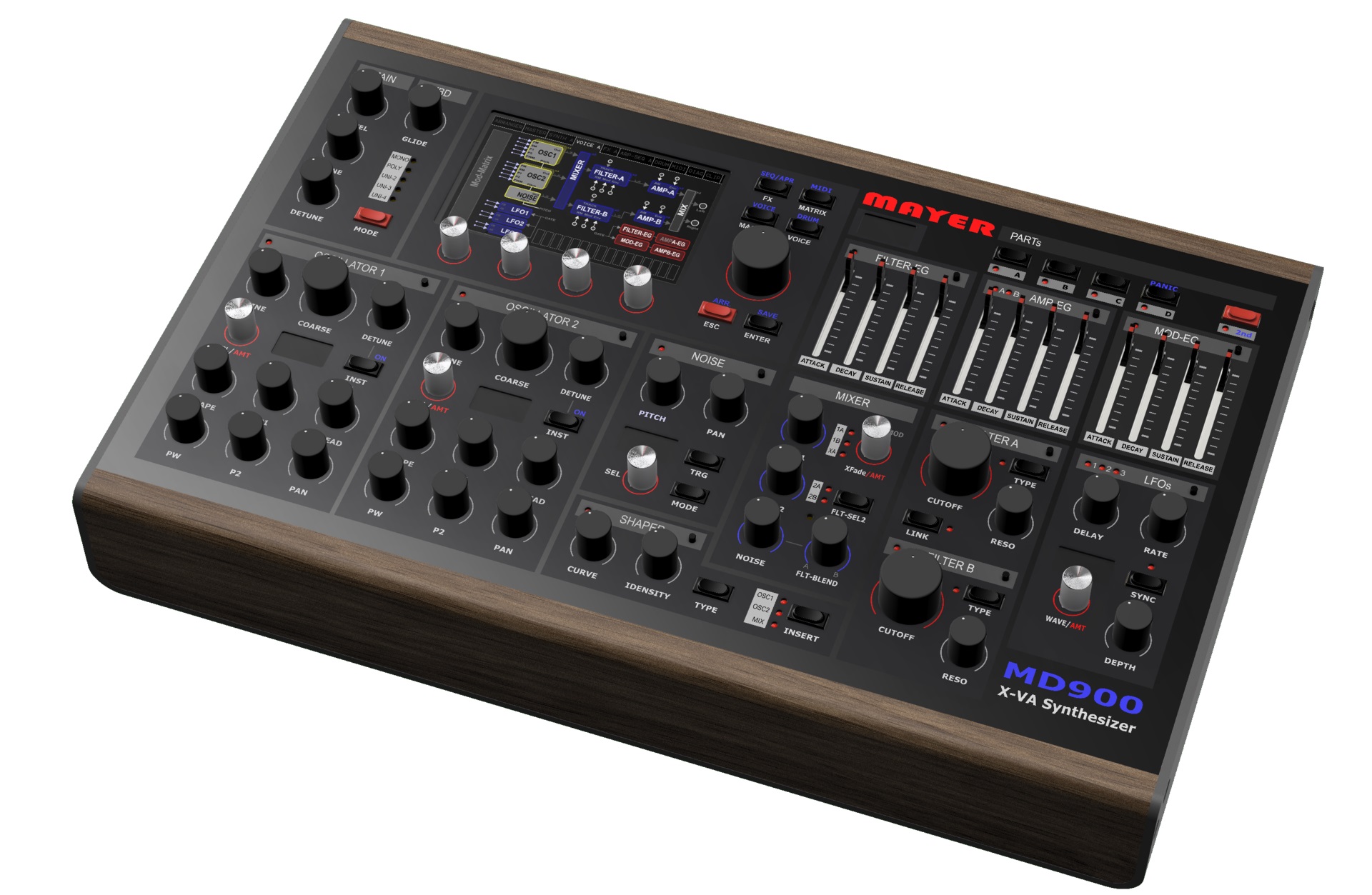Newsletter
News
Doepfer Mini Cases Discontinued
We regret to announce that the Doepfer Mini Cases are discontinued.
A few pieces are still on stock, so be quick.
Mayer-EMI
We are pleased to announce that we are adding the Mayer-EMI brand to our distribution.
Soon the modules M800-R2 and M701 as well as the desktop synthesizer MD900 will be available from us.
The MD900 desktop synth is 16-voice and stereo with two oscillators per voice. Four multitimbral parts are available, which dynamically share the 16 voices. Both oscillators of the Linux-based system can either work virtually analogue or be loaded with wavetables and can be sound-shaped and modulated by means of two multimode filters, three envelopes per oscillator, LFS and a modulation matrix with 24 slots. In addition, an extensive effects section provides sound refinement.

SB21: Eowave
At the Superbooth21 Eowave unveiled the new version of the Fluctuations Magnétiques and the Redondances 4-tap stereo delay.
Alex4
Alex4 Distribution GmbH
Lessingstr. 98, 100 – Haus 11
13158 Berlin
Germany
www.alex4.de
Tel +49(0)30 - 61 65 100 40
Fax +49(0)30 - 61 65 100 49









